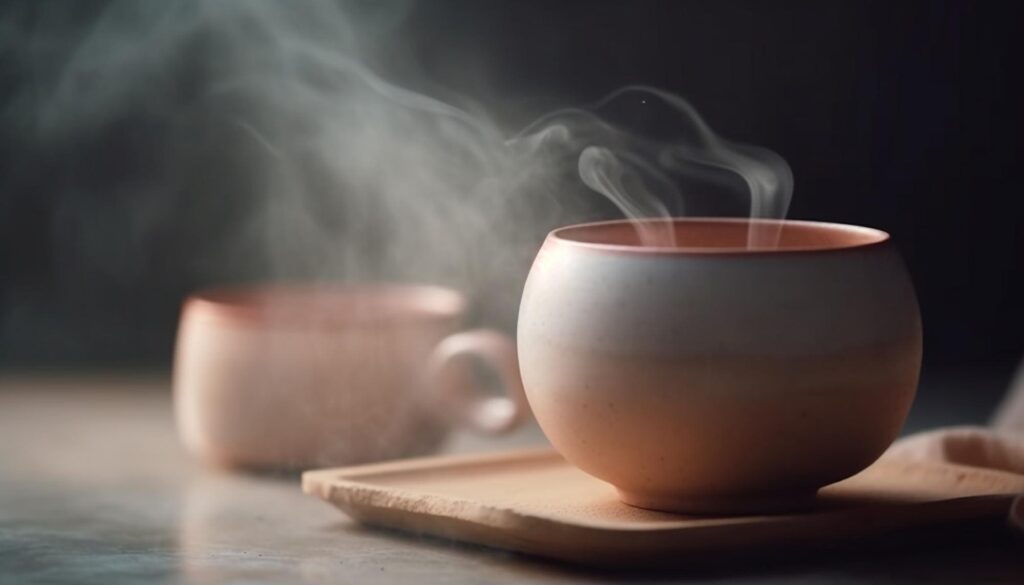When you go shopping, you probably come across a specific store with an outstanding smell. Immediately, upon getting the same smell from outside, you will remember the brand or store.
Do you think it is accidental?
From the music in the background to how the store is structured, everything is well planned with the idea of making customers feel relaxed and happy. But did you know that the smell in a store could make a big difference? That’s right! Studies show that certain scents can make people want to stay longer and buy more stuff. It creates impulse buying. This is the function of scent marketing strategy. It’s a cunning way of using nice psychology of smells to get people to enjoy shopping even more and connect more with the brand. So next time you walk into a store and notice a nice smell, remember, it might not be an accident—it could even be part of a strategy to make you want to shop more!

What is Scent Marketing?
Scent marketing is all about using smells cleverly to make people act and feel a certain way about a brand. It’s like a secret weapon that businesses use to make customers like them more. These scent marketing strategies don’t just stay inside the store; they can follow you outside too. For example, when you walk past a bakery and suddenly feel hungry because of the delicious smell of fresh bread, that’s a scent marketing strategy in action. Companies use this sneaky tactic to make you remember them and want to come back for more.
The Power of Scent
Scents can have a significant impact on consumer behaviour since they have a direct connection to our emotions. Different scents produce different emotions; for example, citrus and pine stimulate, whereas lavender and basil promote calm. Simple aromas like citrus and pine, which involve less mental processing and allow consumers’ minds to readily link pleasant pictures with these fragrances, are particularly successful, according to research from Washington State University.
Customers exposed to a basic orange aroma at a home décor store spent 20% more on average than those in an unscented environment, according to a Washington State University study. This emphasises how important it is to realize how odours affect consumers and how scent marketing strategies can increase sales.
How Businesses Apply Scent Marketing
Brick-and-mortar stores are using scent marketing strategies to improve the shopping experience and boost sales as online retailers take over numerous marketplaces. Research indicates that a pleasant aroma can have a substantial impact on consumer’s intention to buy, as seen by the rise in Nike customers’ purchase intent when they smell flowers.
Scent marketing is a tactic used by companies to evoke particular feelings in their target audience, so gently luring consumers to spend more time in their stores and associate the scent with the brand. Positive scent associations can also help to strengthen brand loyalty since consumers tend to identify particular fragrances with happy memories.
Implementing Scent Marketing Strategies
Scents should be carefully chosen to complement the brand and its objectives; effective fragrance marketing involves more than just spritzing a nice aroma. For instance, a business of children’s clothes might use fresher, lighter perfumes to draw attention to its inventory, while a whisky store might go for warm, smokey odours.
Success Stories of Scent Marketing
Many brands have successfully implemented scent marketing strategies into their campaigns. For example, Hyatt Place uses its signature scent, Seamless, to unify the brand experience throughout all of its buildings. Singapore Airlines and Walt Disney World have also incorporated fragrance branding to improve consumer experiences and further develop brand relationships.
Pandora has used its trademark perfume in stores to create a memorable shopping experience, while McDonald’s Netherlands has used the famous French fry scent in a campaign. Samsung came up with a gender-neutral smell, appealing to the majority of its customers: “Intimate Blue.” Apple improved the shopping experience by implementing the light scent of “green apples and mint” in their stores. For its scent marketing strategies, Atmocare provided a superior automatic fragrance diffuser in Dubai.
Steps to Implementation in Practice
Before adding perfumes to your workspace, make sure everything is clean and sterile if you’re thinking about using a scent marketing strategy in your company. You can utilise devices like diffusers or room sprays to fill your space with scent, depending on the size and requirements of your business. Furthermore, companies such as bakeries and coffee shops can enhance their current scents by eschewing strong cleaning agents and other scents.
Don’t Underestimate the Nose: An outline
Scents marketing strategy, therefore, acts as one of the most effective means of controlling consumer behaviour and enhancing the shopping experience. Specific scents attract customers to stay longer and eventually increase sales. The triggering of impulsive buying, as revealed by research, calls for the proper choice of scents in line with the identity and aims of the brand.
With scent marketing strategies, physical retail can create something memorable and engaging with the environment. Successful examples of this can be seen in Hyatt Place, Singapore Airlines and McDonald’s—each with its brand development toward customer engagement and loyalty.
Businesses in the future will very seriously consider the use of scents in their marketing strategy, especially in forming brands. Using inspirational examples of successful implementations with the help of a business branding agency, they will create different olfactory experiences for the customers that stay in their minds.


